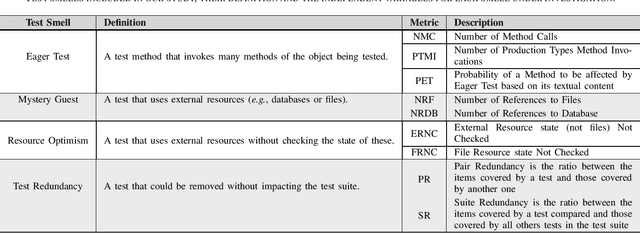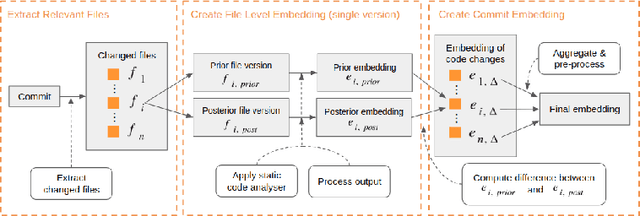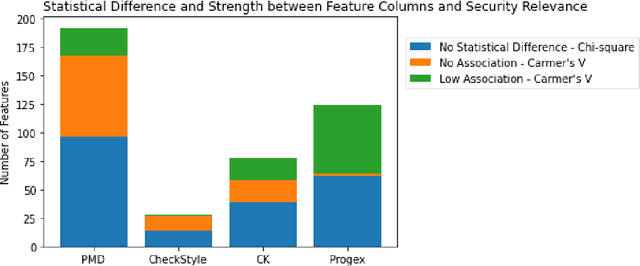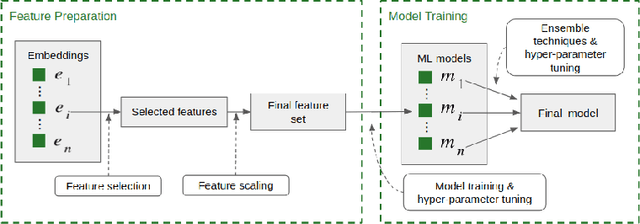Dario Di Nucci
Machine Learning-Based Test Smell Detection
Aug 16, 2022
Abstract:Context: Test smells are symptoms of sub-optimal design choices adopted when developing test cases. Previous studies have proved their harmfulness for test code maintainability and effectiveness. Therefore, researchers have been proposing automated, heuristic-based techniques to detect them. However, the performance of such detectors is still limited and dependent on thresholds to be tuned. Objective: We propose the design and experimentation of a novel test smell detection approach based on machine learning to detect four test smells. Method: We plan to develop the largest dataset of manually-validated test smells. This dataset will be leveraged to train six machine learners and assess their capabilities in within- and cross-project scenarios. Finally, we plan to compare our approach with state-of-the-art heuristic-based techniques.
Detecting Security Fixes in Open-Source Repositories using Static Code Analyzers
May 07, 2021



Abstract:The sources of reliable, code-level information about vulnerabilities that affect open-source software (OSS) are scarce, which hinders a broad adoption of advanced tools that provide code-level detection and assessment of vulnerable OSS dependencies. In this paper, we study the extent to which the output of off-the-shelf static code analyzers can be used as a source of features to represent commits in Machine Learning (ML) applications. In particular, we investigate how such features can be used to construct embeddings and train ML models to automatically identify source code commits that contain vulnerability fixes. We analyze such embeddings for security-relevant and non-security-relevant commits, and we show that, although in isolation they are not different in a statistically significant manner, it is possible to use them to construct a ML pipeline that achieves results comparable with the state of the art. We also found that the combination of our method with commit2vec represents a tangible improvement over the state of the art in the automatic identification of commits that fix vulnerabilities: the ML models we construct and commit2vec are complementary, the former being more generally applicable, albeit not as accurate.
 Add to Chrome
Add to Chrome Add to Firefox
Add to Firefox Add to Edge
Add to Edge